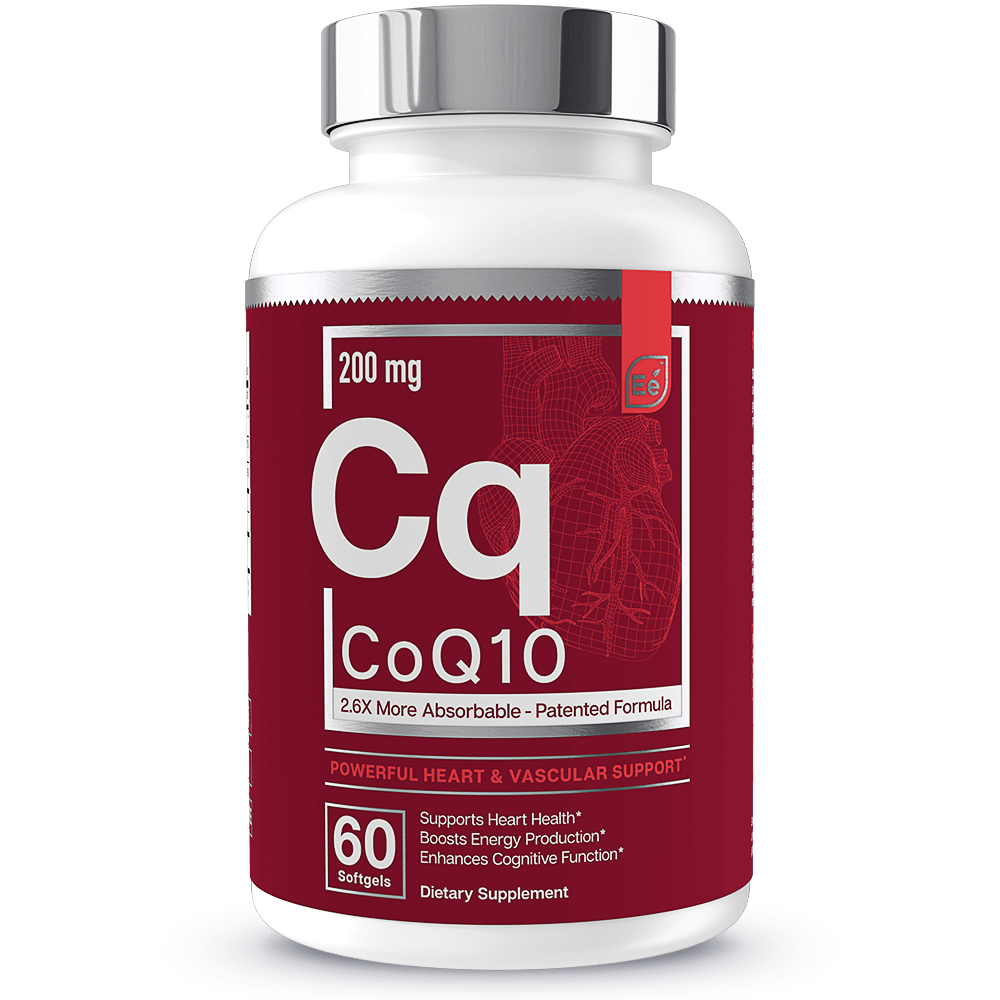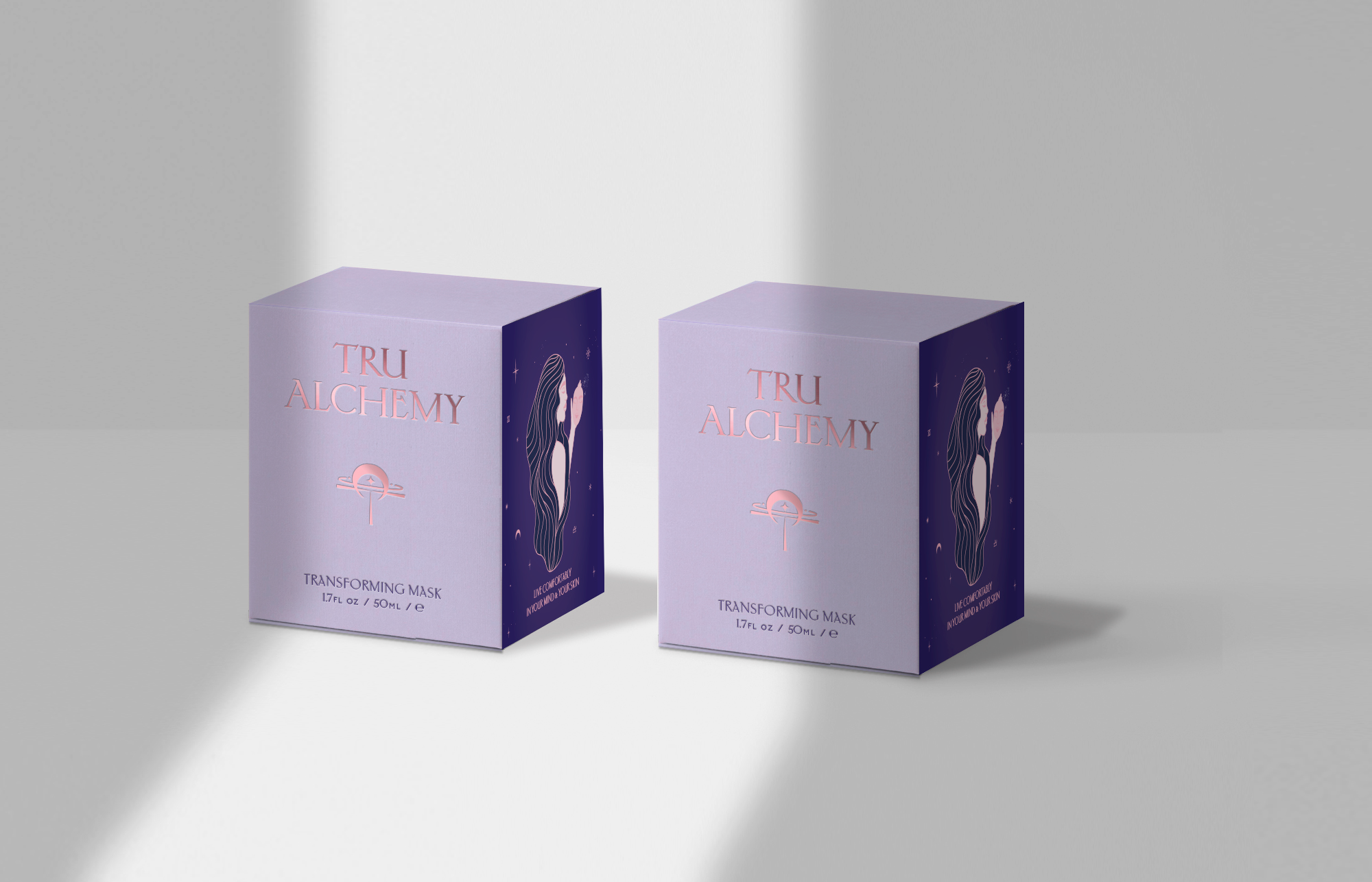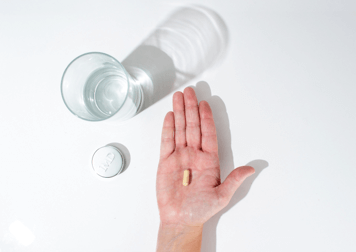The Plastic Problem: Why Upcycling Might Be Better Than Recycling
6 minute read
You are probably already pretty familiar with recycling, or the process of converting waste back into reusable material. But have you heard of upcycling? This process of taking something that would otherwise be considered garbage, and giving it a second life, is picking up speed and becoming a fun way to approach the excessive waste problem we have around the globe.
The differences between upcycling and recycling are actually pretty significant. Recycling takes materials and breaks them down so the base materials can be used again. Most of us are used to doing this with glass, plastics, paper, and metals.
Upcycling takes something and refashions it in a way that doesn’t actually destroy the initial material, just uses it in a different way. The goal is to create an upcycled item that’s “better” than the original was.
Why Upcycling Might Be Better Than Recycling
While upcycling is definitely more fun than recycling, and it lets your creative juices flow, it might have even more benefits. In a different approach to upcycling, scientists are taking recycled products made of polyethylene terephthalate (PET) and transforming them into products that stick around longer.
This is a big step in the realm of waste management because it has long-term implications. Especially when you look at the previous ways PET is recycled.

PET makes up a lot of your single-use beverage bottles, some clothing, and carpets. When these items are recycled the traditional way, they lose some of their value and can only be recycled or repurposed a couple times, maybe even only one time.
This has the effect of downcycling, where the product recycled from the original is worth less than the original product was.
The goal of upcycling is to make something better. But with the new method of upcycling polyethylene terephthalate, a better product can be made that will last longer than the original and can be designed to get more use.
Let’s consider the life of a water bottle. We can take some water bottles and recycle or downcycle them into a plastic food container that would end up being thrown away after only one use. Or we can upcycle some water bottles to make them into a snowboard that will be used over and over for years to come. This makes it pretty evident that the right upcycling can make a significant impact on the environment.
How Does Upcycling PET Works
The U.S. Department of Energy’s National Renewable Energy Laboratory has come up with this ingenious process where the benefits of PET items are highlighted in a new way.

The benefits are that PET is strong, lightweight, water resistant, and shatterproof. It’s a manufacturer’s dream, and about 26 million tons of PET is produced every year.
Unfortunately, because there had been no great way to recycle, or upcycle PET in the past, most of it ended up as garbage, and it takes hundreds of years to biodegrade.
By combining recycled PET with sustainably sourced, bio-based molecules, the National Renewable Energy Laboratory has created two new types of fiber-reinforced plastics (RFPs), which are two to three times more valuable than the original plastic. This gives that original recycled PET a chance to be used again in a long-lasting manner.
More Benefits to PET Upcycling
While this is a fairly new process that hasn’t been rolled out yet, there are some pretty obvious benefits to taking many water bottles and upcycling them into a stronger plastic material. That said, the potential, predicted benefits are even greater.
It's predicted that it will take 57% less energy to produce the upcycled composite product than it does to use the current PET recycling system. It’s also believed that there would be 40% fewer greenhouse gases than the FRPs that are currently being used. Those are pretty significant benefits on both ends.

The Next Steps for PET Upcycling
At this point, the study on upcycling PET is incredibly promising, but it’s still in the laboratory stage. However, the demonstrable fact that renewably sourceable materials can be used to upcycle PET into composite FRPs that have better mechanical properties, while only using a fraction of the energy used in previous methods, proves that this could be a viable option in the future.
The next step clearly means informing the public of this study and the potential value involved, highlighting economic and environmental benefits, and finding a way to upcycle PET on a large-scale basis. Beyond that, there are sure to be more studies and research into the use of bio-based materials for upcycling from plastics.
| Related: EU’s Packaging to Be Reusable or Recyclable by 2030 |
The Bottom Line
Polyethylene terephthalate or PET plastic is of great concern for environmental reasons, as it takes an extraordinarily long time to biodegrade and is a big contributor to the issue of plastics in our oceans. Recycling PET is one solution, but due to the nature of this plastic, it’s more of a downcycling process and only allows for one or two more uses before the product has outlived its usefulness.

Upcycling PET plastic is a great idea, as it takes the material and then converts it into a different product that will last longer, get more uses, and cost less to create than traditional recycling does. In this situation, upcycling is certainly a better solution than recycling, but it has yet to be tried out for mass use.
Research is ongoing, and hopefully, more upcycling solutions like this one will hit the market and become a viable way to deal with landfills and ocean garbage problems.
READ NEXT >>> 7 Ways to Heal in Nature for Amazing Benefits
At 1MD, our mission is to help people make smarter health choices and lead healthier lifestyles by creating industry-leading products and cutting-edge health content. Take advantage of our medically researched supplements for boosting your health by visiting our online store for a complete list of our 100% natural products. We offer family and bulk purchase discounts as well as monthly subscription options for maximum savings.
























 Health Guides
Health Guides
 Latest Research
Latest Research


